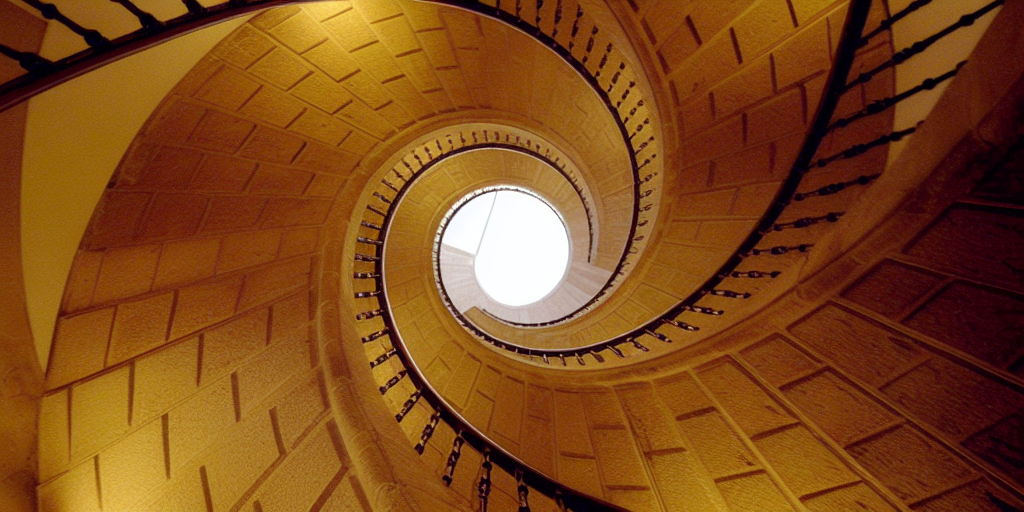Speaker
Description
In spite of the staggering progress achieved in recent years 1, the computational volume of available
quantum processors still limits their application to problems of socio-economical interest. Hybrid platforms,
combining superconducting circuits and microscopic qubits, such as spins, provide additional opportunities
to achieve a higher degree of integration. In particular, schemes based on molecular spins allow scaling up
quantum resources within each unit, via chemical design of molecules behaving as multiple qubits or qudits,
and via the proper engineering of the superconducting circuit [2,3]. Here, we address this second option.
We focus on circuits based on lumped element LC resonators. Compared to coplanar resonators, often
used to read out superconducting qubits, they offer a higher design flexibility. The relevant resonator
properties, i.e. the resonance frequency r and quality factor Q, can be widely tuned without affecting the
transmission through the readout line. Besides, many resonators can be coupled to the same transmission
line, which allows multiplexing the readout. Here, we exploit these properties to design and realize
resonator pairs able to introduce communication channels between remote spin qubit ensembles (Fig. 1).
A superconducting chip consisting of six couples of LC resonators has been designed and fabricated. All
resonators have a different r, ranging from 2 GHz to 3.5 GHz, which makes them individually addressable.
Couplings between resonators, different in each pair, have been engineered by the design of the two
capacitors and their mutual distances. We have simulated the microwave transmission through the readout
line and shown that it bears evidences for the effective coupling, mediated by the circuit, between spin qubits
placed onto each of the two inductors. Furthermore, the effective spin Hamiltonian of this hybrid system can
be obtained, and its parameters tuned, in terms of controllable variables such as the inductance and
capacitance of each LC resonator. Potential applications for the implementation of universal quantum gates
and/or the storage of quantum states in a quantum memory are analyzed on basis of this model using real
parameters
References
1 F. Arute et al, Nature 574, 505–510 (2019)
[2] M. D. Jenkins, D. Zueco, O. Roubeau, G. Aromí, J. Majer and F. Luis, Dalton Trans. 45, 16682-16693 (2016).
[3] S. Carretta, D. Zueco3, A. Chiesa, Á. Gómez-León, and F. Luis, Appl. Phys. Lett. 118, 240501 (2021)
